

Discover more from Agent131711’s Substack
Vitamin Swindle: Daily Intake Level PSYOP🧑⚕️Untold History 💊 PART 2
The more you look at "vitamins" and "supplements" the more utterly idiotic they become. Today we will continue to lift the curtain on a massive sham disguised as health in a bottle...
In Part 1 (The Vitamin Swindle: the White Bread Scandal), we learned that Navy sailors who were at sea for lengthy periods of time were fed a diet of only processed white rice and became horribly ill. The disease was named Beriberi. During WWI, the militaries of the world knew better than to feed their men only processed rice so they instead fed them processed white flour products, including white bread which was chemically preserved to have a nearly unlimited shelf life. Guess what happened to those men? Yes, they became horribly ill, once again called Beriberi. During the same timeframe, expeditions were going to the Arctic. The Arctic explorers who were fed only white flour biscuits were incredibly sick with that damn Beriberi. Meanwhile, the expedition crew who lived off of whole wheat products and dehydrated vegetables (without preservatives) came home in good health, but the Arctic-traveling men who lived off fresh walrus, seal and fish came home in perfect health.
This lead to investigations into white flour and it was determined by the United States Public Health Service that white flour was not fit for consumption. They issued a public health warning against it but the Millers and Bakers associations had immense power. The Associations, along with The American Medical Association (AMA), captured the Public Health Service and got them to revise their warning twice. The final revision said processed white bread was healthy. The AMA then doubled-down, telling the public that any fear of white bread was scientifically unfounded. The AMA then gave white bread their seal of approval.
The vitamin manufacturers wanted to sell vitamins so they went to work having scientific and medical literature created in addition to running fear-based ads. This content, such as “The Myth of the Well-Balanced Diet”, was designed scare people into believing they needed to consume synthetic vitamins to be healthy.
Beriberi was ultimately blamed on lack of Vitamin B, with the solution being to buy chemical vitamin B and eat it. I would argue it has nothing to do with the supposed vitamin and has everything to do with only eating a single nutrient-less food for months on end and the solution is to eat anything other than that one nutrient-less food, but common sense and truth didn’t matter. What mattered was selling products and this lead to the creation of vitamin Recommended Dietary Allowances, developed by none other than the National Research Council which is who gave birth to the National Institutes of Health (NIH).
Next came Dietary Reference Intakes (DRI) which were provided by the National Academy of Sciences. Then the World Health Organization wanted in on the action, so they wrote words and made guidelines. - Now you are pretty much caught up, so we can proceed to Part 2:
RDIs, DRIs and WTFs
The FDA currently sets the daily vitamin intake recommendations called the Reference Daily Intake (RDI), but, please don’t confuse the RDI with the DRI, Dietary Reference Intakes because the Reference Daily Intake and the Dietary Reference Intakes are obviously totally different things.
As we learned in The United Nations Evil Food Fortification Program, the FDA gets its marching orders from the UN’s Codex Alimentarius branch, so technically the FDA just passes down the UNs rules. You see, the way this racket works is, the United Nations doesn’t make laws because it isn’t a governing body, so they, through their subbranches (such as SIECUS, which is Planned Parenthood), create ”Guidelines”. Although guidelines are not laws *wink, wink*, member nations who choose not to follow the suggestions will automatically lose disputes with other nations so it is in every nations best interest to abide without question. It’s kind of like, “You don’t need to dance around with underwear on your head but if you don’t you will be shot in the foot with an arrow from this compound bow” - please pass the underwear, I suddenly feel inspired to do the tango…
COMPLIANCE THROUGH CONFUSION
With that being said, let’s discuss the FDAs current recommendations regarding daily vitamin intake for “most healthy people”, because apparently, Vitamins are a one-size-fits-all-just-buy-it-off-Amazon-and-dose-yourself type thing. This is the same as it has been since the door-to-door vitamins sellers of the 1950s and the 1960s fear-based vitamin advertisements that coincided with the medical and scientific literature (funded by Big Pharma) that began being published during the same years. And for those of you wondering what exactly “most healthy people” means because there is no dictionary definition for “most healthy people”, your guess is as good as mine. Can someone who is physically fit but has smoked cigarettes for 30 years be deemed most healthy people? What about someone who is thin because they don’t eat? Someone who is muscular with six-pack abs because they take steroids, are they most healthy people? Or are they unhealthy despite the exterior appearance? A man who eats super clean but doesn’t exercise, is he most health people? If woman who competes in triathlons but has breast cancer, is she most healthy people? Who knows, there is no way to define most healthy people, so we are starting off the premise of supplementation illogically. Regardless of what it means, here are the across-the-board FDA (United Nations) daily vitamin intake recommendations:
My buddy
recently published a bombshell article outlining his teams deep research into proving viruses are nonsense by replicating virus cell cultures… the problem for Science is that dpl’s team never had a virus, yet somehow ended up with the exact same cultures that Science is telling us is Measles, SARS and even AIDS. The reason I bring it up is because in his piece he mentions how they rely on confusion to make us believe whatever they want us to believe. They need us to be so damn confused that we throw our hands in the air and say, “I’m not a doctor so I don’t understand it!”, then stop looking. Vitamin shenanigans are no different than all the other shenanigans: mg's, mcg's, IU’s, USP's, DRIs, RDIs, whatever “µg” and “β” are, fractions of numbers that equate to percentages of larger numbers, words that have multiple meanings, it’s one big clusterf*ck so we can’t understand it. It has to be that way. If they wanted us to understand it they would put vitamins on a simplistic number system; “you need 50 Vitamin D’s a day and a glass of milk is worth 9”. Every company in the world that uses a point system, such as Weight Watchers, has made it simplistic so people get it, but this is not the case with vitamins or anything they don’t want us to understand. Look at this gibberish that most healthy people should be consuming daily:I guess we are all supposed to memorize these charts and add up nutrition labels on every ingredient we consume each day? Should we keep ledger books in our briefcases and handbags to itemize how many more iodines we need to eat before bed to hit 150mg and how many more Vitamin As we need to reach “900 micrograms of retinol activity equivalents”? It doesn’t matter because literally nobody does this. Nobody has the slightest clue how much magnesium is in 2 cups of morning coffee with a splash of cream or how many micrograms of Vitamin K are in large wedge of cinnamon crumb cake served with tea. And now that I got you thinking about it, you’re nodding your head like, “You know, you have a point here…”. To which I reply, “what if I didn’t have a point and instead had 1.34 milligrams of 1 point which equaled 6.5% of my daily point goal?”
Which means the next question is,
HOW DO WE KNOW HOW MUCH WE NEED TO SUPPLEMENT?
People, such as myself, assumed we needed to supplement vitamins because we have been told vitamins are good for us and we want to be as healthy as possible, after all, you don’t want Beriberi, do you? I spent thousands of dollars building up my supply of pills and drops, big jugs of all different protein powders, you name it, I was probably taking it. I religiously dosed myself and my children every morning. Some of us, myself also included in this bunch, had been told by our doctor that we are dangerously low on a specific vitamin, so it was imperative that we dose (or mega dose) to get our levels up (in my case it was Vitamin D). And most of us who discovered we were dangerously low in a vitamin had no idea until a doctor ran lab tests on us and informed us. It is eerily similar to how people didn’t know they were sick with Covid until a PCR test told them so. Not once did my doctor ever ask what my diet was nor did he ask me to email him photographs of my pantry so he could look for products that could be leading to my extreme lack of energy. He never questioned if I live next to a newly installed cell phone tower or if I am taking any OTC medications. He didn’t ask anything at all about my lifestyle and eating habits, yet it was determined that my exhaustion was caused by lack of Vitamin D and the solution was to eat a larger dose of rat poison the synthetic vitamin. (by the way, it turned out to be 100% caused by dosing “vitamins” every morning. They take around 4.5 hours to completely infiltrate your system, so those of you who are like I was, feeling lethargic, energy-less and exhausted in the afternoon, “afternoon grog”, take a look at the poison you are dosing in the morning and it will be a life-changing AH-HA moment).
So, let’s recap where we are before we move forward: The FDA (United Nations) guidelines claim we need “1,300 mcg” of Calcium and “16 mg” of Niacin a day based on Science, Science which ultimately came from the vitamin manufacturers who were Big Pharma. Because we want to be healthy and because the famous doctors tell us we need pills to be healthy, we purchase bottles of supplements and eat them to try our best to hit those daily intake recommendations. But…
… we don’t know how many “µg” of B-12 the FDA says we need to eat a day because nobody studies the data and even if we did meticulously analyze and memorize the charts, we don’t know how many µg of B-12 is in a slice of lasagna so we don't actually know what chemicals to eat for our health to compensate for the µg of B-12 our diet is lacking. Do we need a high dose of B-12 µg? A low dose? According to the internet, the amount of chemical vitamins we need to swallow to be healthy is pretty simple. For example, in the case of Vitamin D supplements, the internet tells us infants need 400-600 IU per day added to their diet and adults should be swallowing an additional 800-2,000 IU per day:
Seems easy enough, right? But this got me wondering about the Food Fortification Program, in which the United Nations demands recommends member nations add chemicals, referred to as vitamins, to the food supply to keep the people of the world in pristine health, because if there's one thing the UN wants, it's for us all to live long, prosperous lives and have lots of healthy offspring who do the same.
If we combine those added vitamins with (alleged) naturally occurring vitamins, how much of a vitamin are we already consuming before we supplement? Do you get what I’m asking here? For example, if a child has a glass of fortified milk for breakfast to go with a bowl of fortified cereal also containing fortified milk, does he still need the recommended additional dose of 600-1,000 IU of Vitamin D chemical(s) per day? Or would it be better if he skips swallowing vitamin pills that day? ... I had not the slightest clue, but I wanted to find out. Come along with me as I attempt to get answers.
THE AMERICAN DIET AND VITAMINS
I think we can agree, the vast majority of Americans eat horribly, but does eating bad mean Americans are not getting any vitamins and therefore need the higher-end of the dosing? Does someone who eats healthier just take a low does? Or should everyone take a middle-of-the-road dose to be safe?
Let’s guess at what an average child on a typical American diet consisting of mostly processed foods, would consume in one day.
Breakfast: Bowl of cereal with milk, a glass of orange juice and a piece of white toast with butter
Lunch: a Lunchable, a soda pop, fun size bag of Doritos, and apple slices
Snack: a “Yogurt” (we will say “yogurt” because the sh*t in the store is more like candy than yogurt)
Dinner: Chicken breast, a baked potato with butter and cheese, a white dinner roll, one serving of canned corn, one slice of watermelon, a glass of milk
Dessert: a scoop of ice cream
Does that seem reasonable overall for an average American child? Based on what I see people put in their grocery carts at Kroger, I would say it is at least true for my hometown, Detroit, Michigan. Let’s learn what vitamins, if any, are in these foods and add them all up at the end. By the way, I am writing this as I research it. As of right now, I am guessing this diet will be pretty much void of most vitamins, therefore supplementing might make sense (according to the UN / FDA). What is your guess?
BREAKFAST
Cereal: According to the internet the most popular cereal in America is Rice Krispies, so we will use that
According to the Rice Krispies Label, one serving size is only 1 1/2 cups. I don’t have Rice Krispies in my house, but here is what 1 1/2 cups of cereal looks like:
I think we can agree that the average kid probably has more (my kids fill the bowl to the top), but let’s only use the serving size provided on the label.
There is a surprisingly high amount of vitamins due to the chemical Fortificants being added. On the Rice Krispies label below, the first percentage is without milk the second percentage is with 3/4 cup skim milk. Let’s use the skim milk figures to save time (although I doubt most kids are consuming skim milk because it’s gross and 3/4 cup milk doesn’t seem sufficient for 1 1/2 cups cereal, but we will play along.):
As you can see, just with this one half-full bowl of fortified cereal with an inadequate amount of fortified skim milk, the child is already getting a large percentage of the vitamins the United Nations says he needs. If the child has a full bowl of cereal or a matching quantity of milk the figures will be doubled.
Tropicana Orange Juice: I believe Nestle (Tropicana) fortifies all of their orange juices, but I could be wrong. One serving size is 8 ounces and offers a lot of vitamins!
For the slice of toast, let’s go with an economical option, such as Walmart Great Value brand white bread:
LUNCH
Lunchable. Here the kid gets some Calcium, Iron and Potassium:
Pop: unfortunately there's no vities in this guy but there is Citric Acid that we learned isn’t made from fruit!
Who knew a small bag of Doritos contains calcium?
Apple slices:
SNACK
One serving of Go-Gurt Yogurt:
DINNER:
Chicken (let’s say chicken breast, meat only, which is the column on the left)
Baked Potato:
With Butter:
And cheese:
Closeup:
A slice of watermelon:
A glass of milk:
a Dinner Roll is loaded with Iron and Calcium (chemicals) thanks to the Fortification program!
One serving of Canned Corn - Walmart Great Value brand has Calcium and Potassium:
DESSERT:
Ice cream is actually a HUGE SOURCE of vitamins, the Catholic church says so!
Here’s Ice Cream nutritional facts:
THE RESULTS
I made a spreadsheet to log the amounts of Vitamin A, B-9 (Folic Acid / Folate), B-2 (Riboflavin), B-3 Niacin, B-12, C, D, Calcium, Potassium and Iron:
Based on the spreadsheet, we learn that the child who consumed mostly processed foods has achieved his recommended daily dose of Vitamin B-2 (Riboflavin) and exceeded his daily dose of A, B-3, B-12, and Calcium. Although he is slightly lacking in B-9 and Iron and very lacking on Potassium, he over-doubled his Vitamin C needs and nearly-doubled Vitamin D daily intake recommendations. Being that these figures could be identical tomorrow or completely different depending on what he consumes, what is the correct amount of chemical vitamins this boy should consume? Is it best to purchase a multi-vitamin for kids to get all of his levels up? Let’s say we were to do that. Here is CVS’s #1 recommendation for today (June 14th, 2024):
Look at all this health!
Lets add these on to the spreadsheet:
Yes folks, you can feed your kid 1.5 cups of processed cereal with processed skim milk, a glass of OJ (probably fortified), a slice of processed white toast with butter, a Lunchable, a fun size bag of Doritos, one apple, one serving of Go-Gurt, 1 piece of chicken breast, a baked potato with butter and cheese, a single slice of watermelon, a white bread dinner roll, a serving of canned corn, one glass of fortified milk and a serving of fortified ice cream and he will not only meet the vast majority of the daily vitamin recommendations, but he will exceed them, therefore this would be deemed a diet sufficient in vitamins, in fact, this diet is too high in many vitamins. Does this make any sense to anyone? Sh*t, I forgot to add on butter for the dinner roll onto that spreadsheet! Pump those numbers up higher!
VITAMINS IN FAST FOOD
Let’s humor ourselves and say someone only eats fast food. Let’s find out what their vitamin intake would be in a day. What should we say is breakfast? How about a McDonalds Bacon Egg and Cheese Biscuit meal that comes with an OJ and a hashbrown. For lunch they have a Big Mac meal with fries and a coke, and for dinner, pizza, cheese bread with marinara sauce, a salad with ranch and because they're classy they drink a glass of wine. Will they hit their daily vitamin intake? Let’s find out:
BREAKFAST:
Wow! Look at all these nutrients in a McDonalds breakfast sandwich!
But what about the hashbrown?
Small Minute Maid OJ to go with the meal:
LUNCH
a Big Mac loaded with vitamins!:
Medium fry, also vitamin-rich!:
Two ketchup packets. Who knew so much Vitamin C was in fake ketchup?:
a Coke: No vitamins 😢
DINNER:
Two slices of Dominos cheese & pepperoni pizza (100 grams each). These numbers are for one slice, so we need to double them because nobody eats only one slice:
Dominos stuffed cheese bread, 1 piece. Let’s multiply by 2.
Marinara dip:
Dominos Garden Fresh Salad, without dressing:
Now let’s add a packet of Ranch:
Apparently there are no vitamins in this one, probably because it is all chemicals. You would think the “Calcium Disodium EDTA” would provide some calcium, but nope:
Wine - Let’s say red wine because that goes better with pizza:
Now let’s add these up:
If you completely live off of only eating McDonalds, Dominos pizza, cheese bread and salad with ranch then top it off with a glass of red wine, you will exceed your daily intake recommendation of Vitamin C and you will come close to meeting the suggested consumption of Iron and Vitamin A. According to the processed food manufacturers and vitamin associations, if you simply add a McDonalds ice cream shake and a bowl of Rice Krispie cereal with whole milk each day, you will have a diet that hits your daily vitamin intake requirements, and because vitamins are what determines a healthy diet, this would be adequate...
I suppose someone will say that the person who is living off of McDonalds, Dominos pizza and red wine is a prime candidate for supplements to make sure they get their levels up, but the thing is, it’s not as simple as that. One of the things not considered is that if you only eat fast food, there is no chemical, nor mixture of chemicals, that can help you be healthy (or even mostly healthy), therefore taking supplements is pointless. The second thing not considered is absorption rate of the vitamins.
Fast food, even that which contains added vitamins, is loaded with sugar, sodium salt (not real salt), starch and chemicals. These ingredients are quickly put into the bloodstream, which negates any potential health benefit it could possibly have, therefore taking chemical vitamins does nothing positive.
So what exactly are we doing? We are consuming literal poison in microscopic amounts to try to hit a highly-confusing level of suggested vitamin intake while not knowing how much vitamins we are already intaking. The idiotic recommendation figures are provided by the United Nations who gets their information from those with financial interests in the products and an Agenda. The UN’s recommendations are essentially a one-size-fits-all-just-eat-this-bottled-stuff-called-vitamins and it might help you, or most healthy people, prevent diseases; diseases which are caused by eating nutrient-less and processed foods. Anyone else who is eating a better diet than these examples is likely hitting, if not exceeding, the highly-confusing daily vitamin intake recommendations. Most healthy people do not need chemicals to be healthy because they already are healthy. Meanwhile we are warned against taking too much synthetic, lab-made vitamins because they are poison and as such will lead to health issues. Yes, the bottle that allegedly gives us health also taketh away. In fact, it is highly likely that a large quantity of diseases and health conditions we are currently blaming on vaccines, chemtrails and radiation are also coming from consumption of bottled vitamins. If you absolutely insist on eating chemicals to be healthy, then take the time to make a spreadsheet and figure out how much vitamins you are already consuming prior to dosing more because you might be shocked at the results. Vitamin chemicals are not harmless, which brings us to PART 3: POISONING PREGANANT MOTHERS IN THE NAME OF HEALTH: Prenatal Vitamins and Population Control, but first:
NEXT READ:
OR CHECK OUT
Dr. Lee Merritt is LYING About Me - Vitamin D Really IS Rat Poison, Let’s Go Through it Again
Poisoning the Food Supply: The History of Fortification Series Part 1
The United Nations Food Fortification Program Series Part 2
Learn what Ivermectin actually is
SOURCES, NOTES & OTHER SH*T
Subscribe to Agent131711’s Substack
I'm a researcher. Come explore uncomfortable Truths in a lighthearted way that makes them easier to digest (and sometimes even hilarious). I publish special deep dives for paid subs on the 1st and 15th, everything else is free.

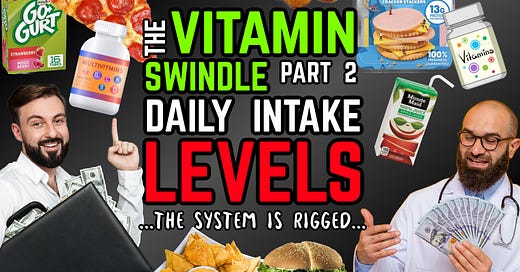





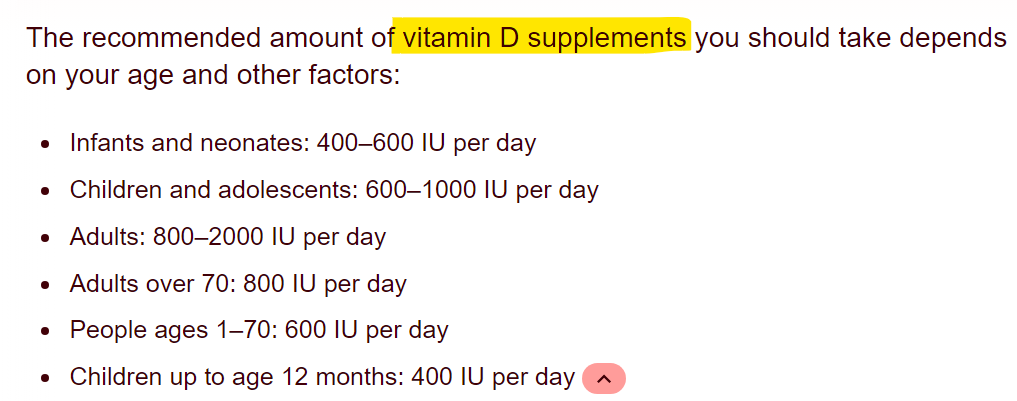

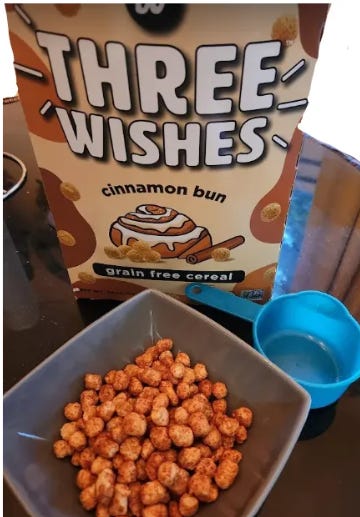
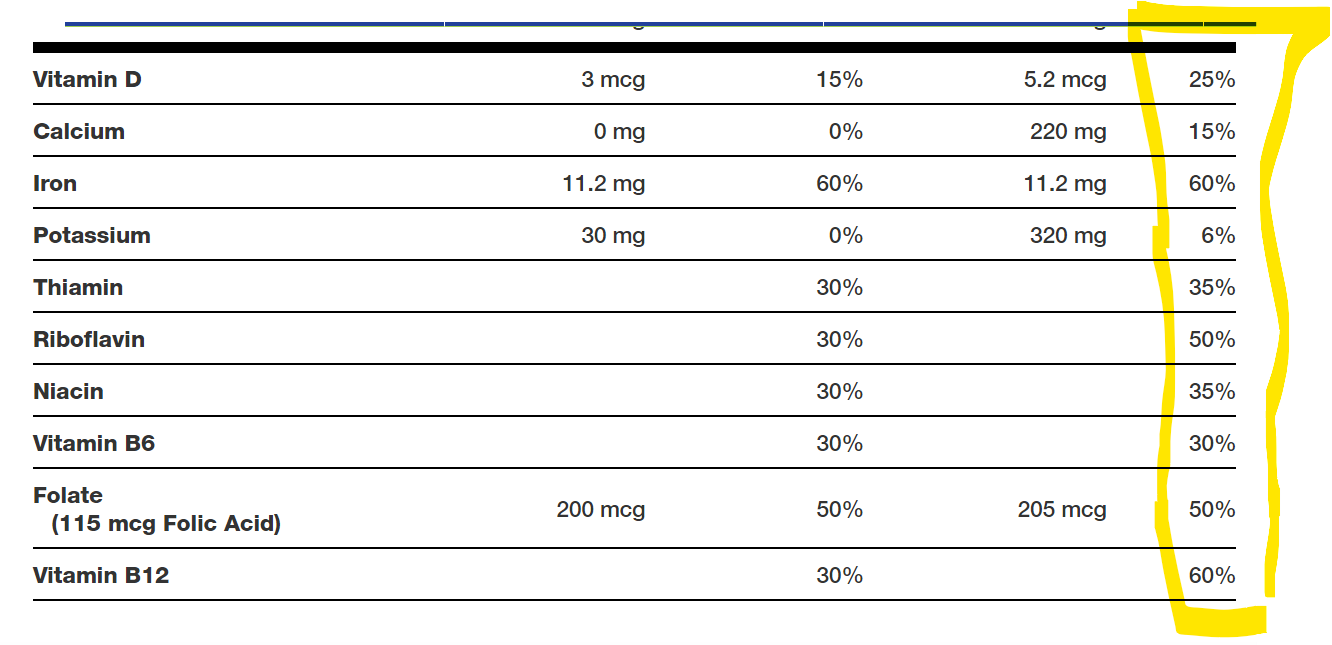
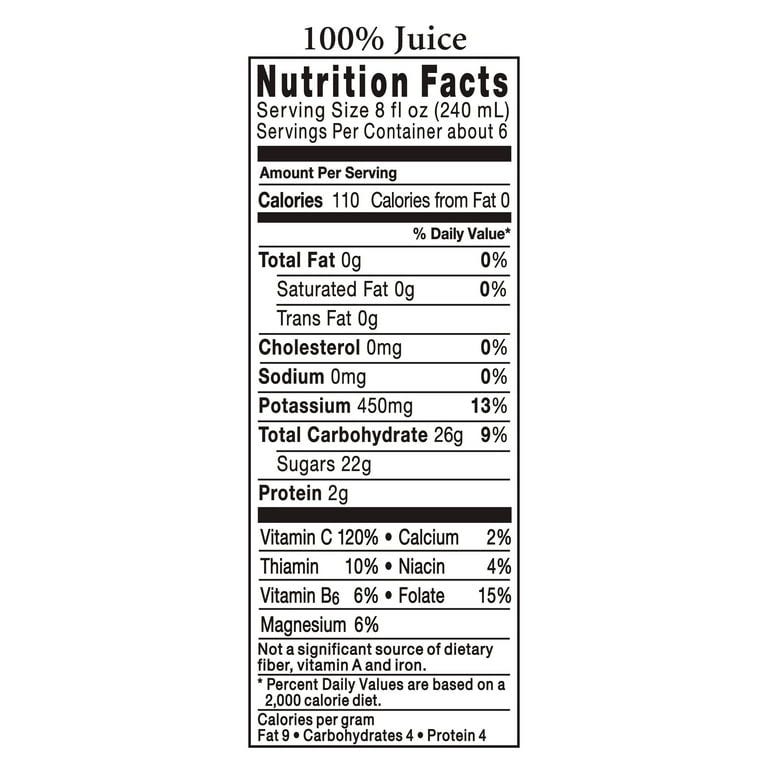
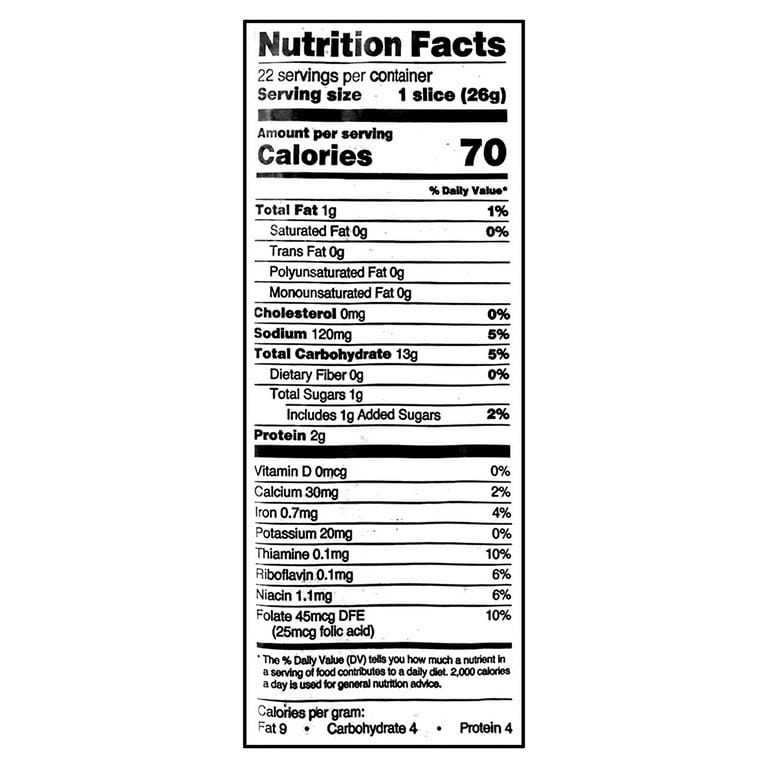
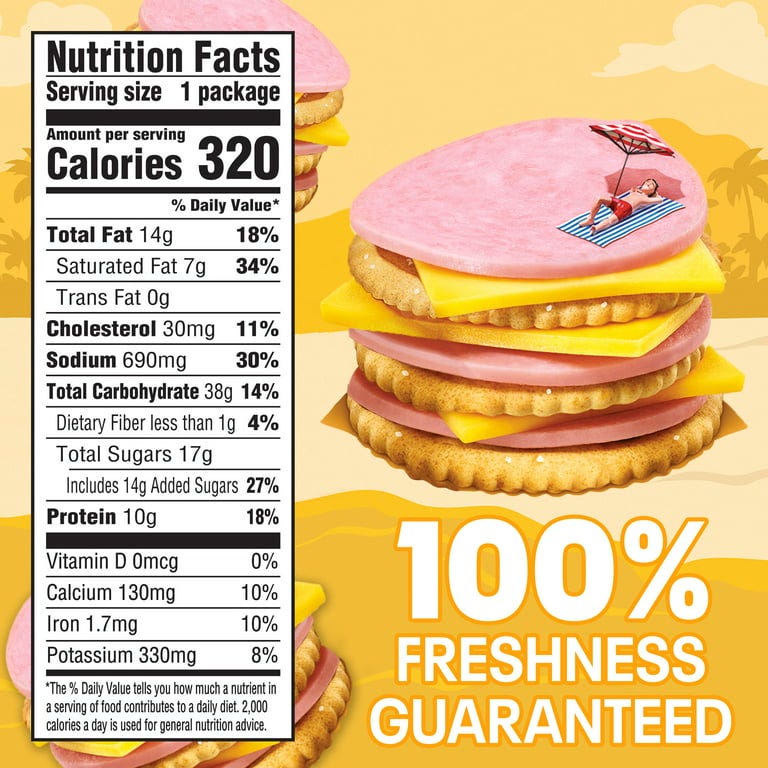
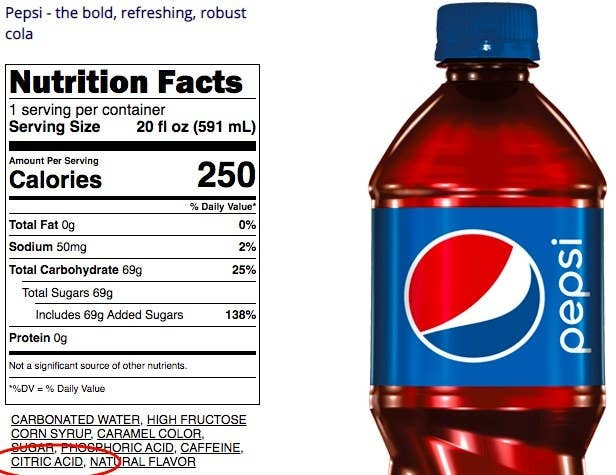
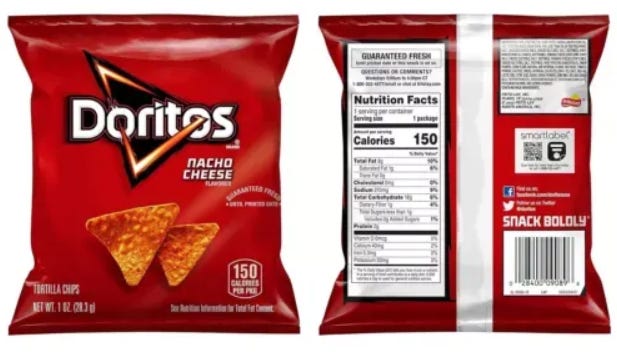
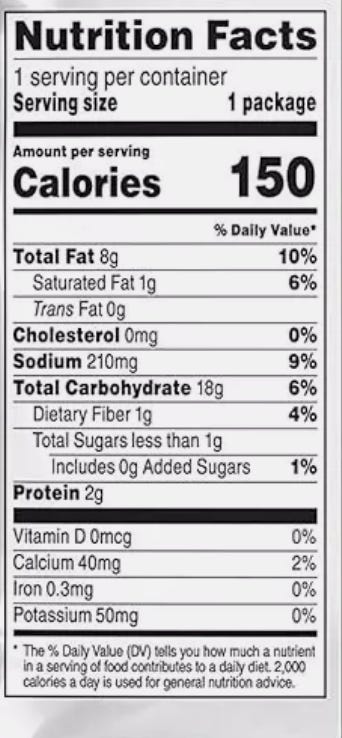
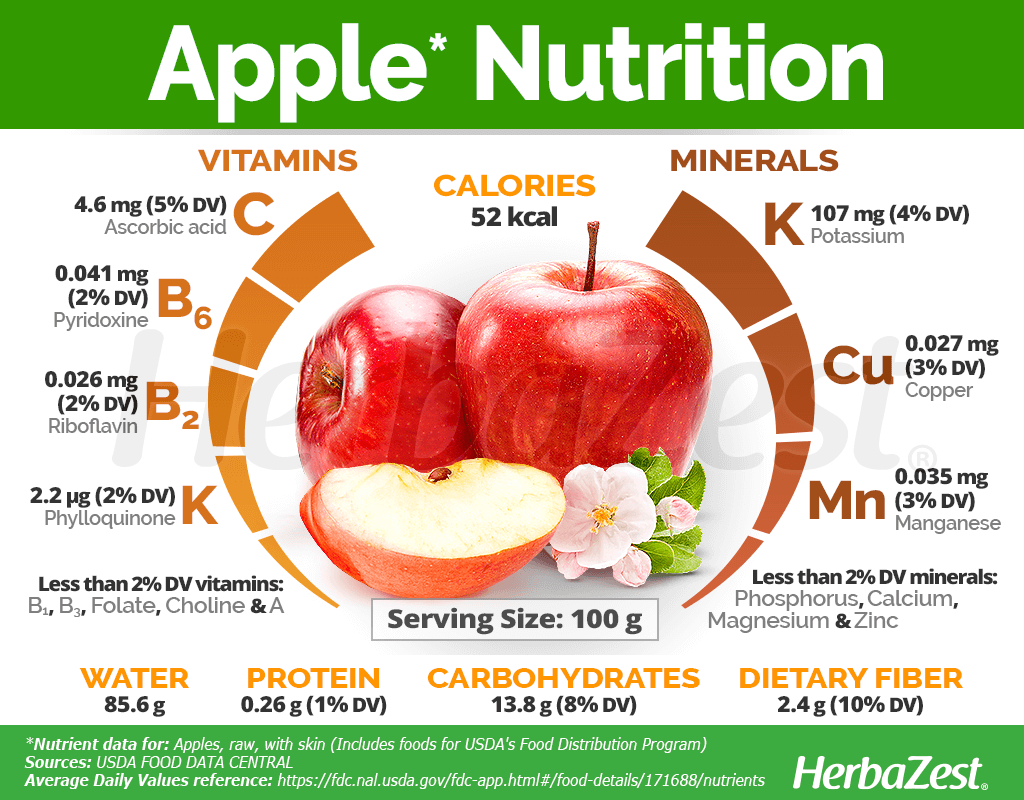
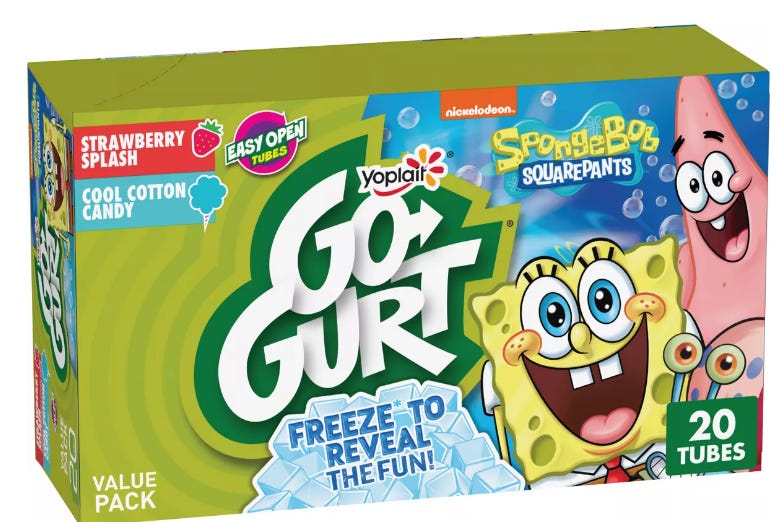
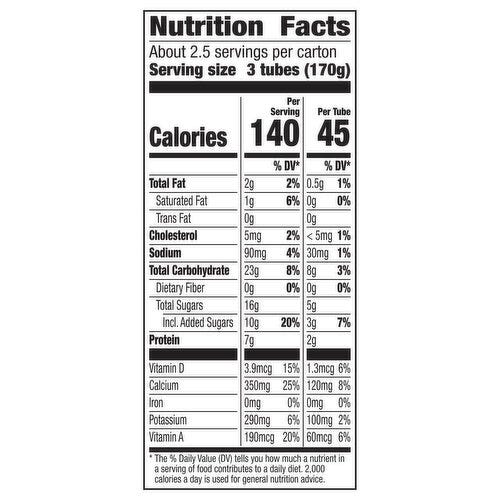
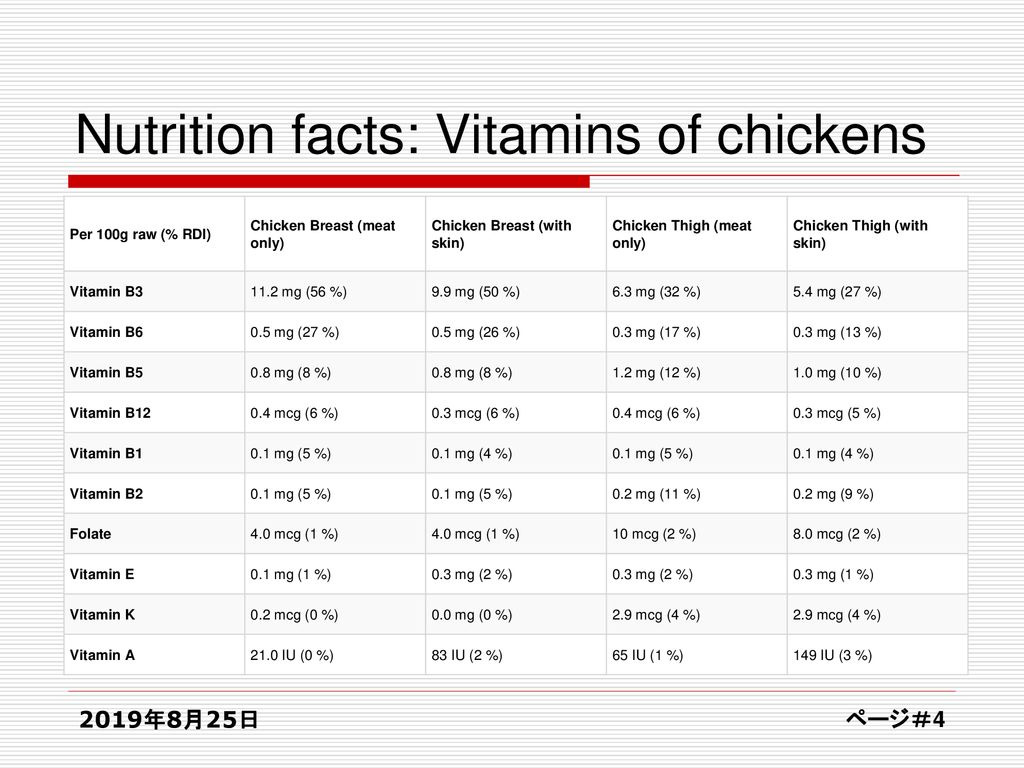
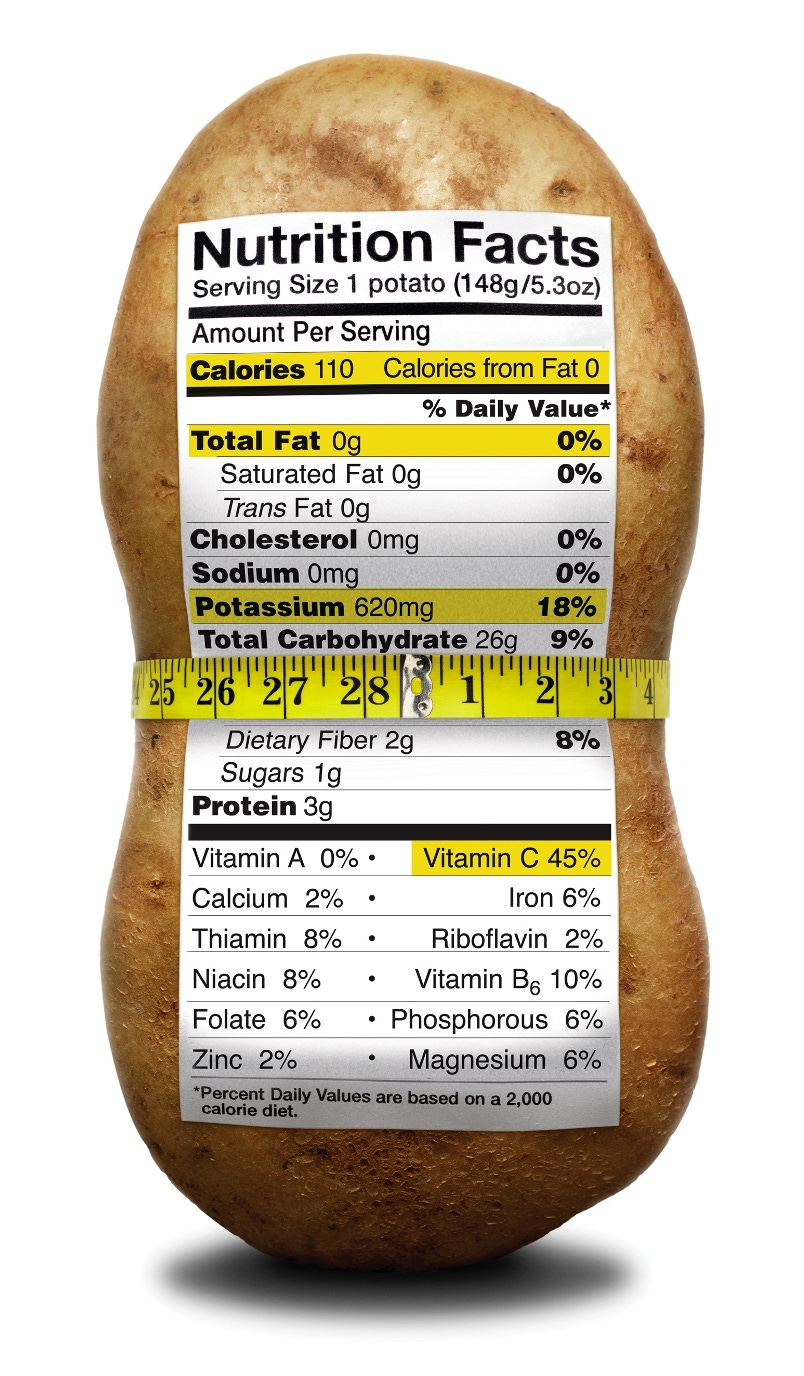
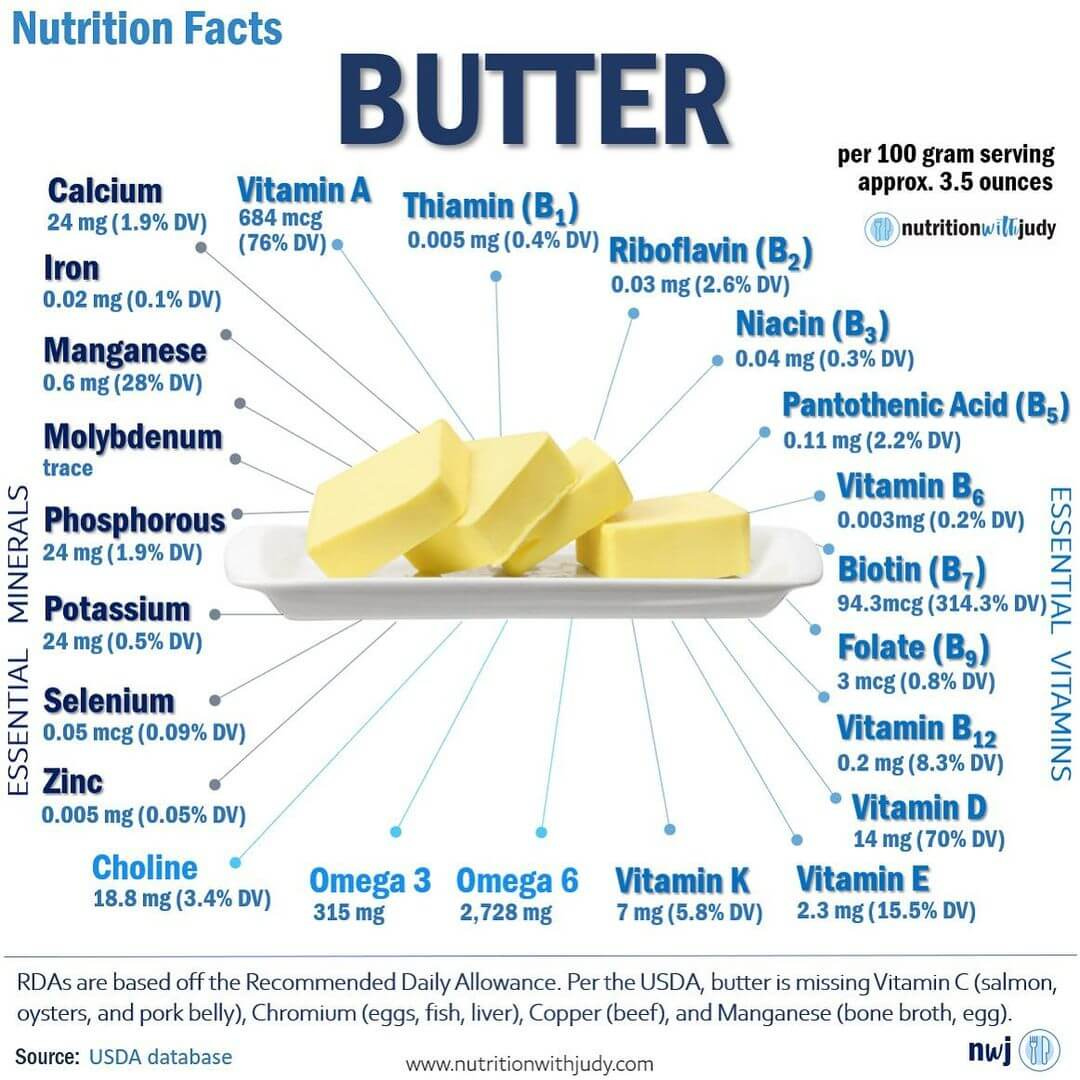
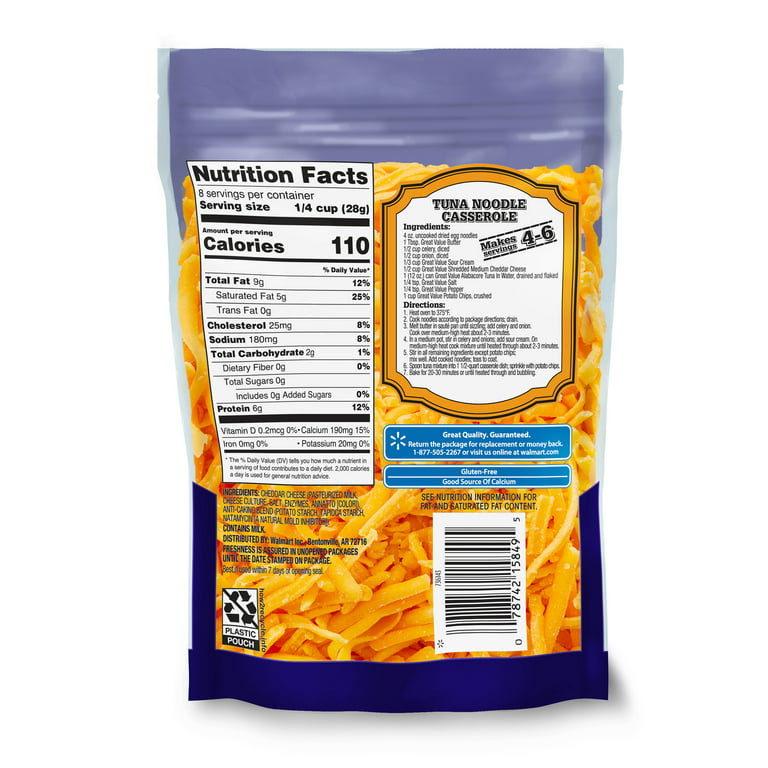

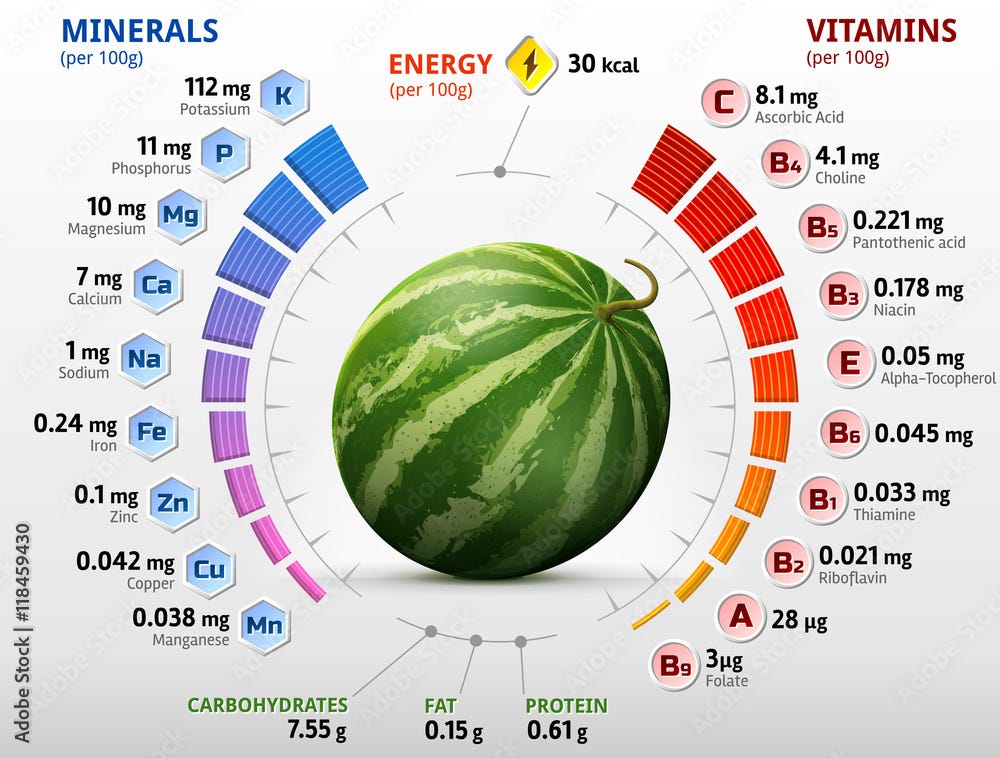
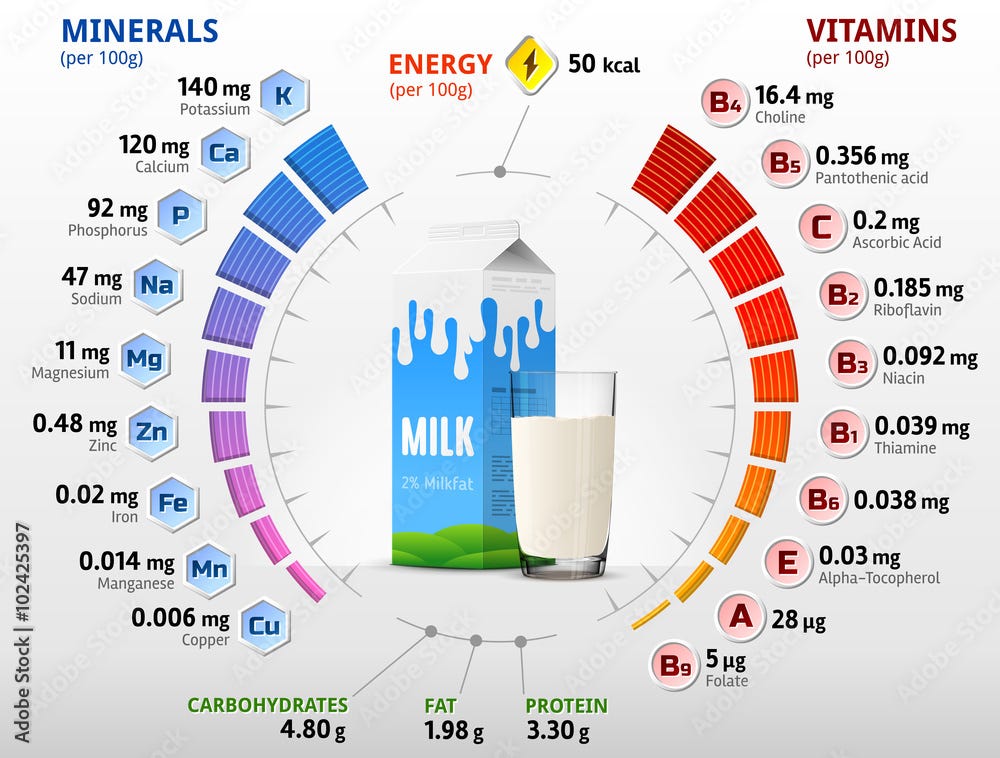
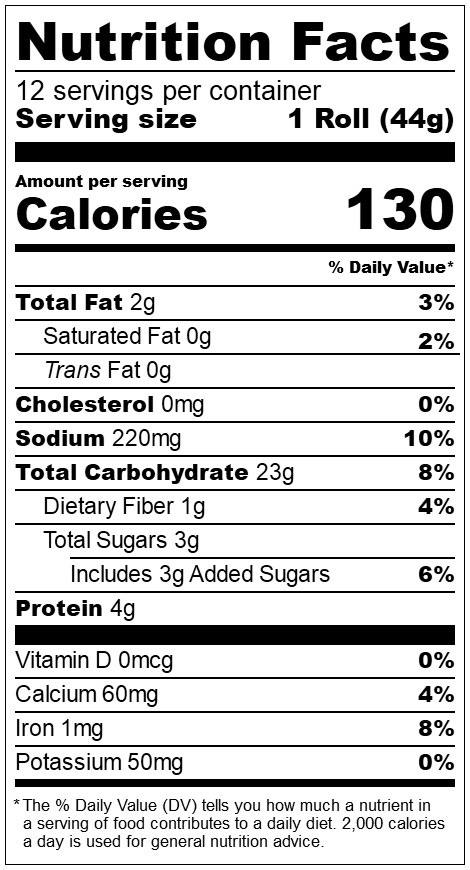
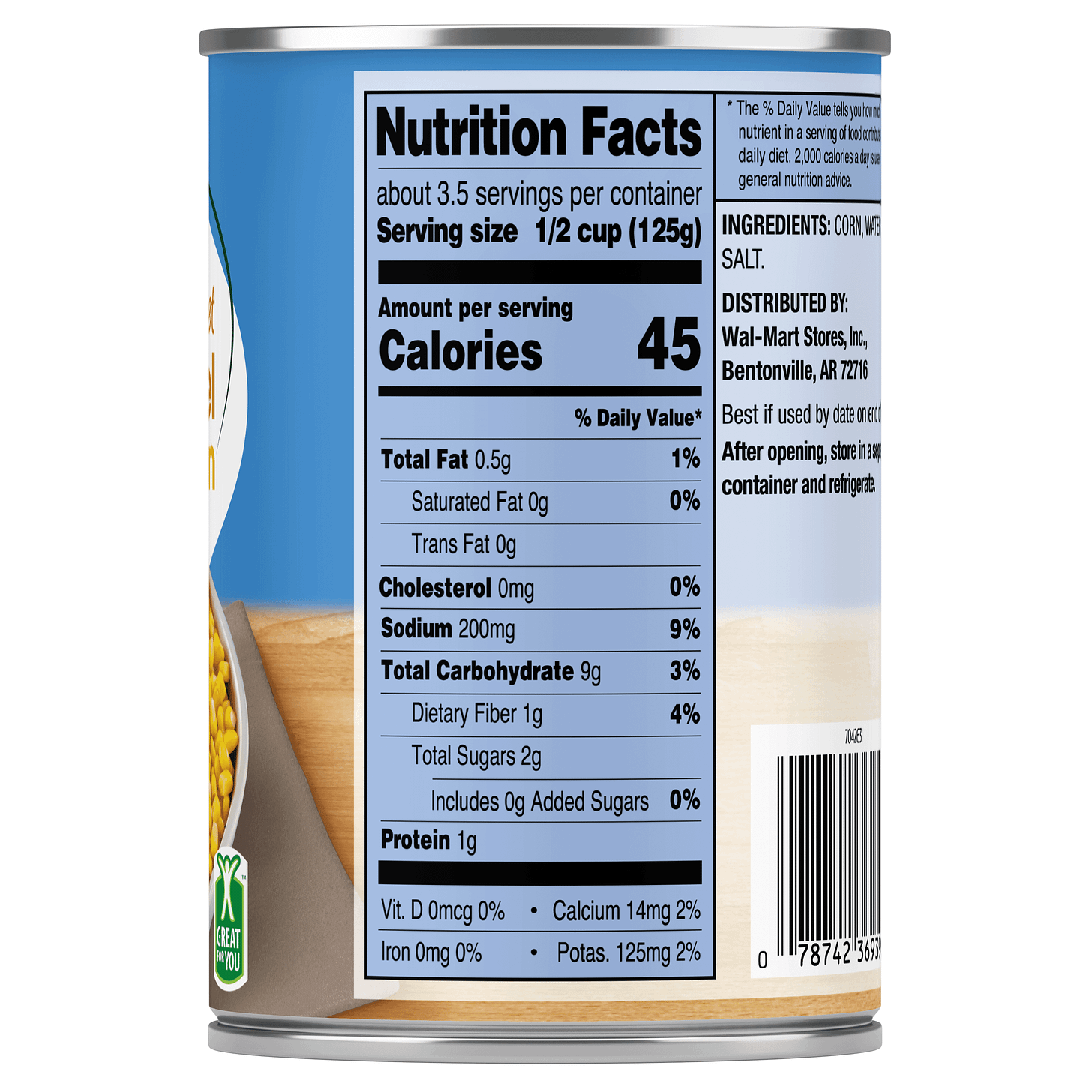
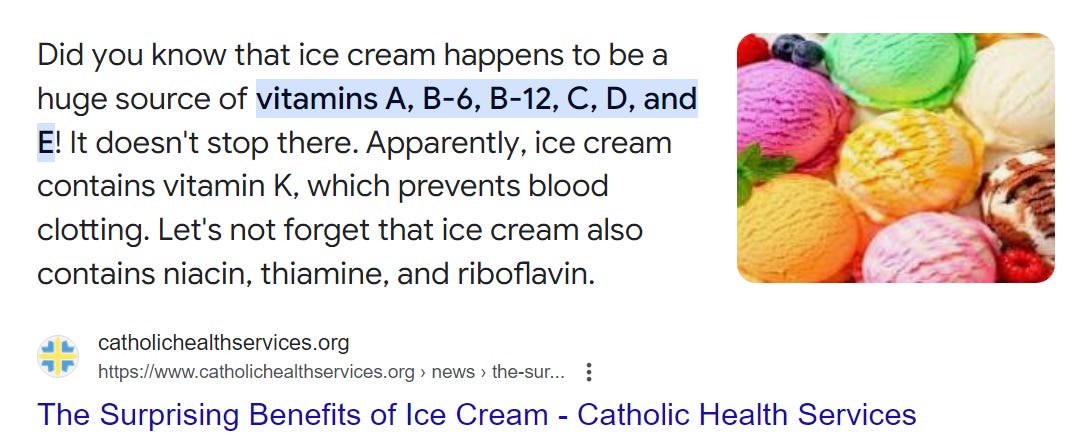
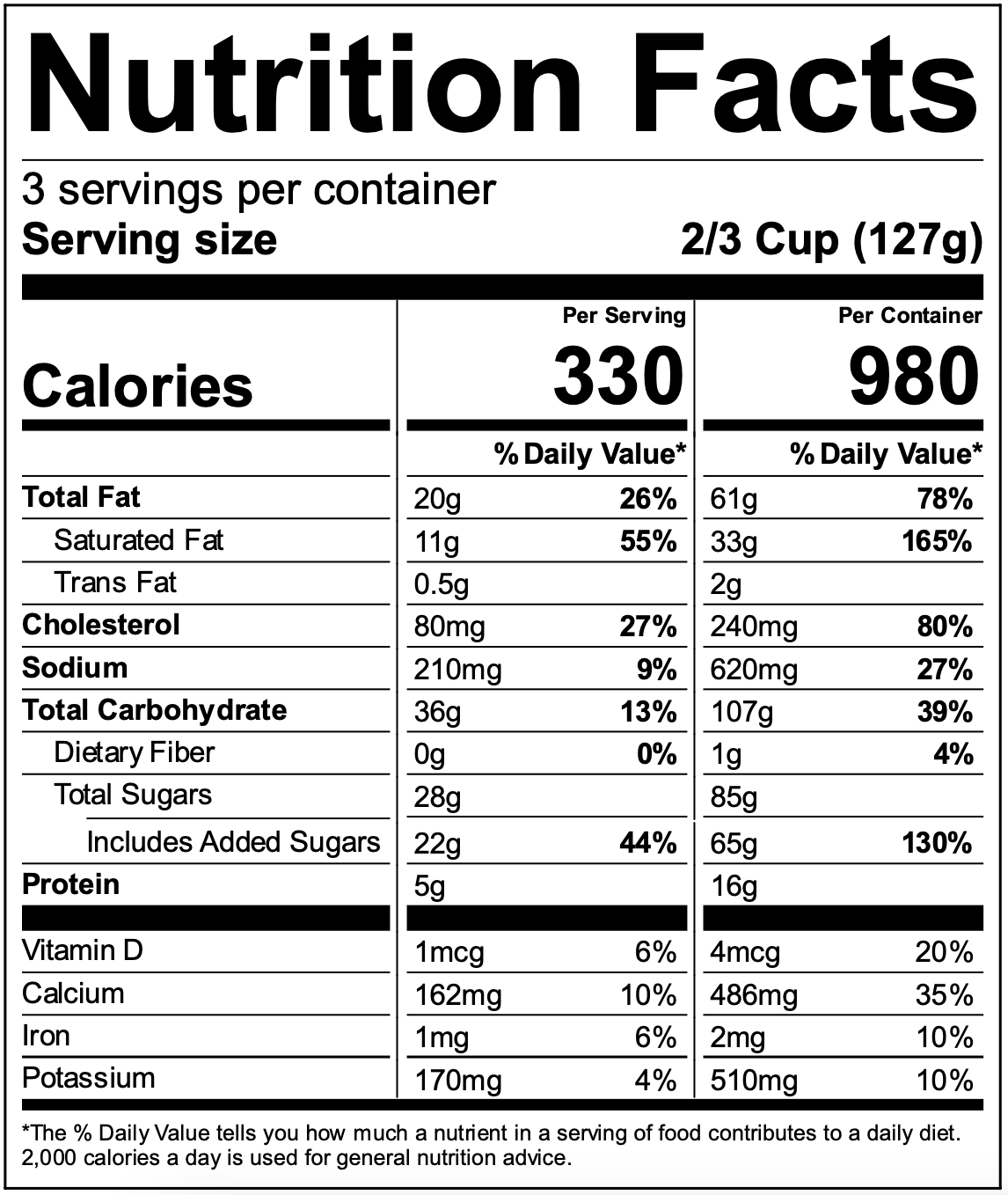
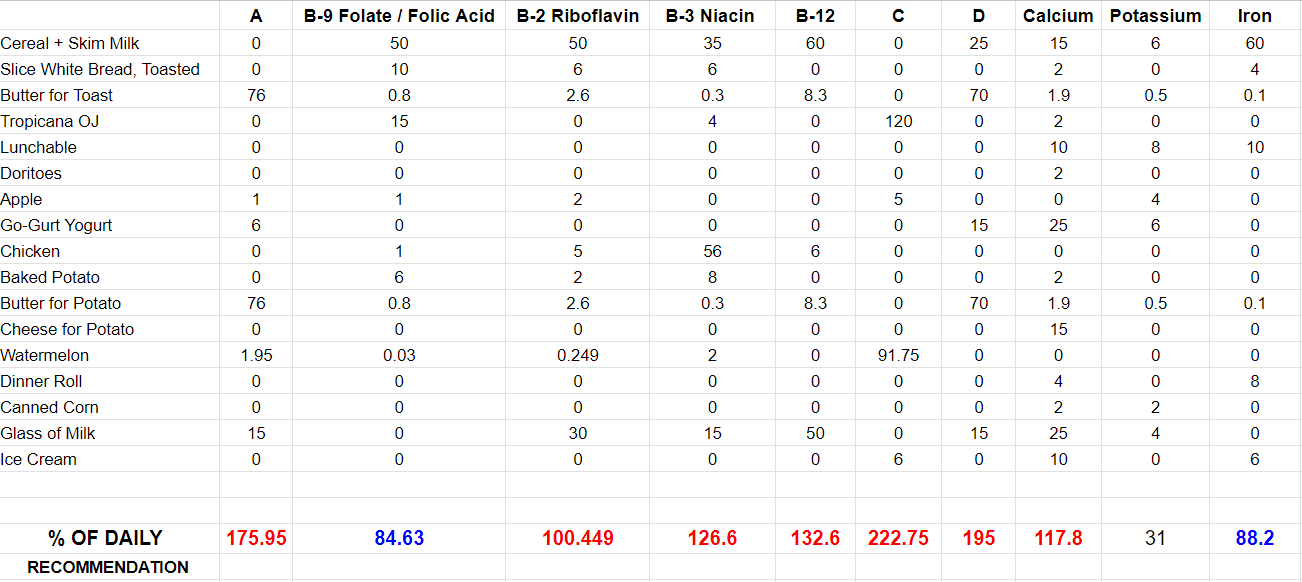
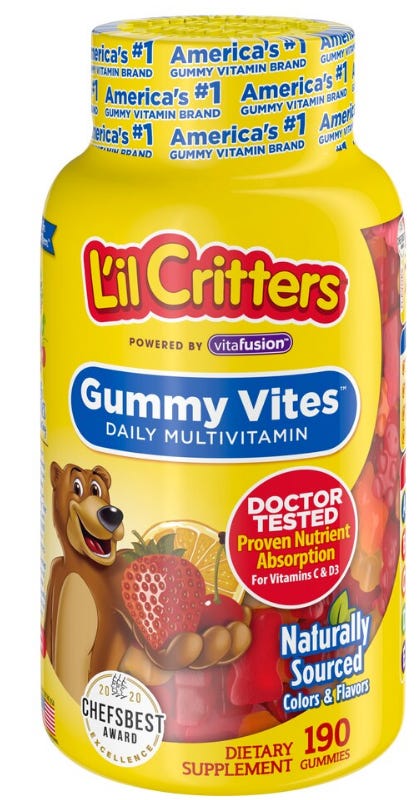
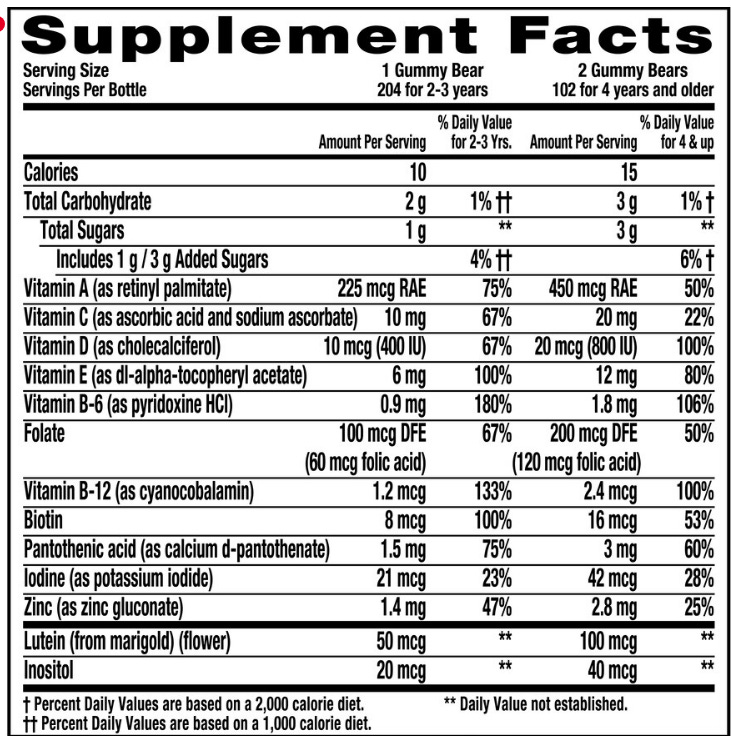

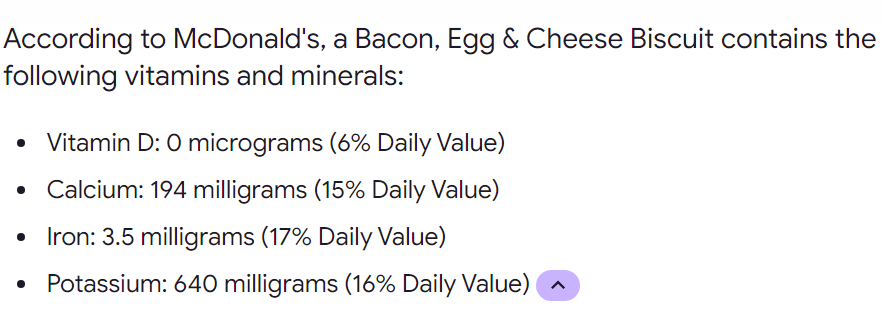

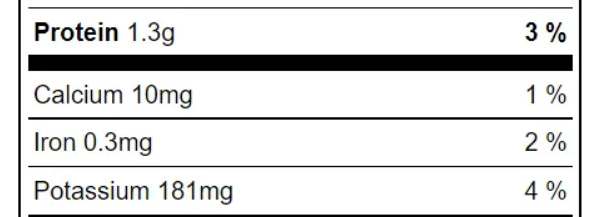

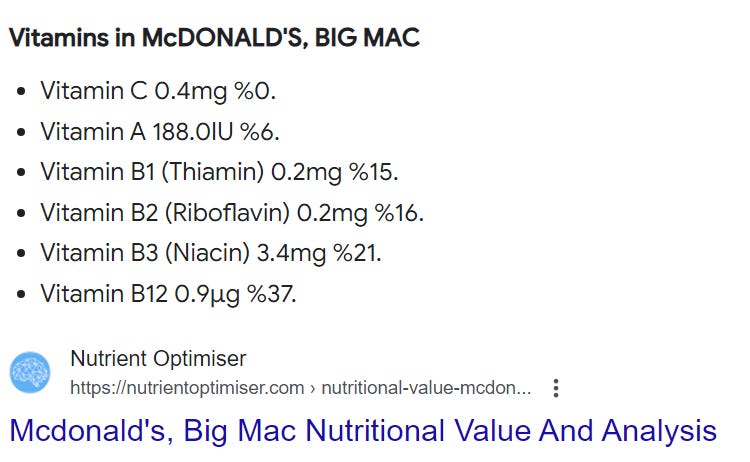
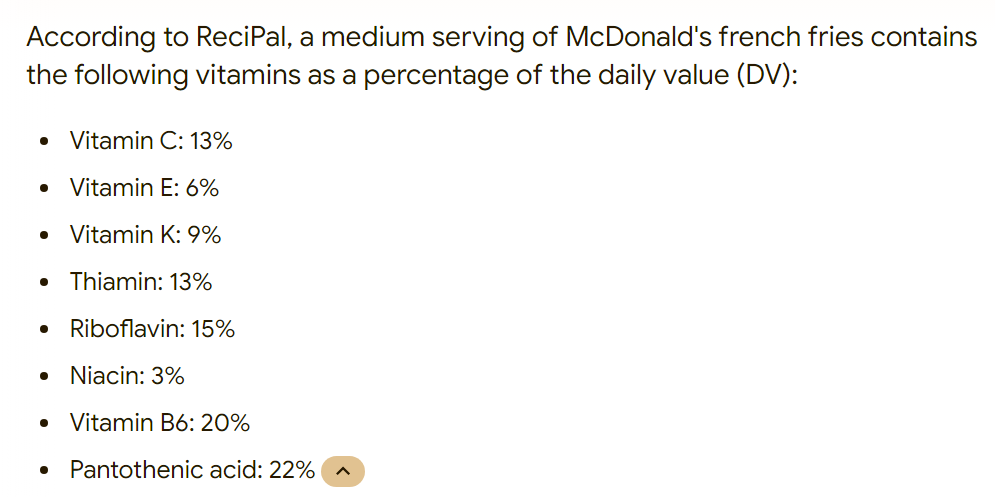
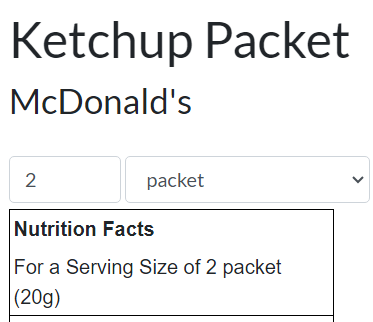
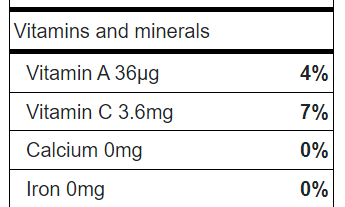
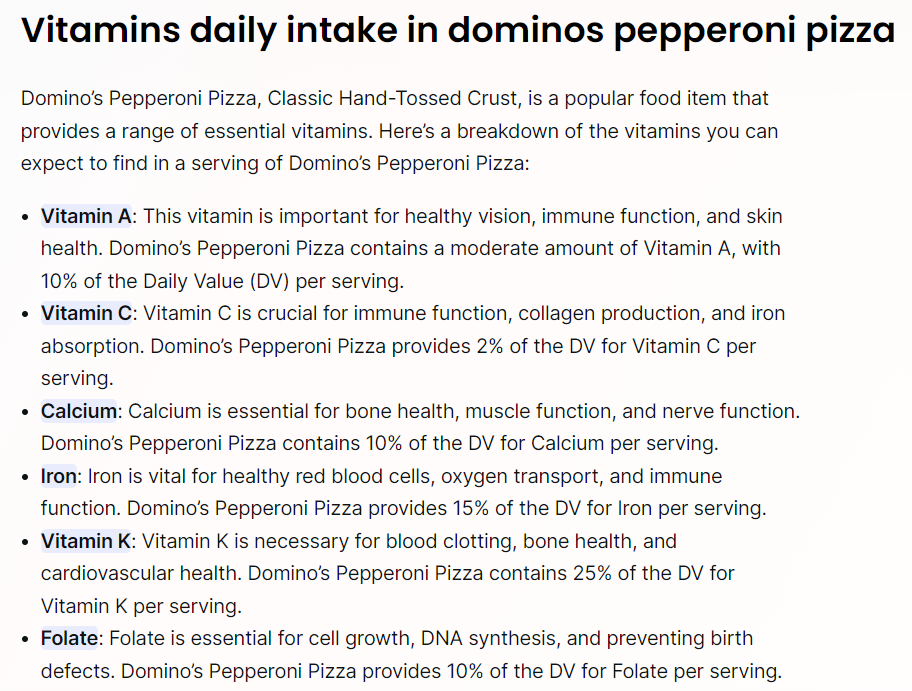

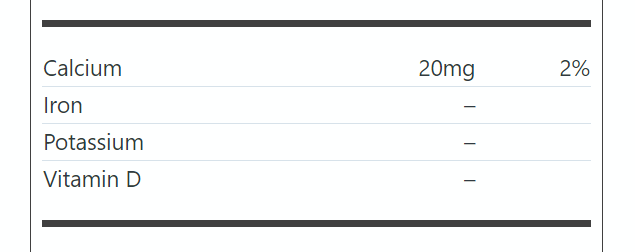


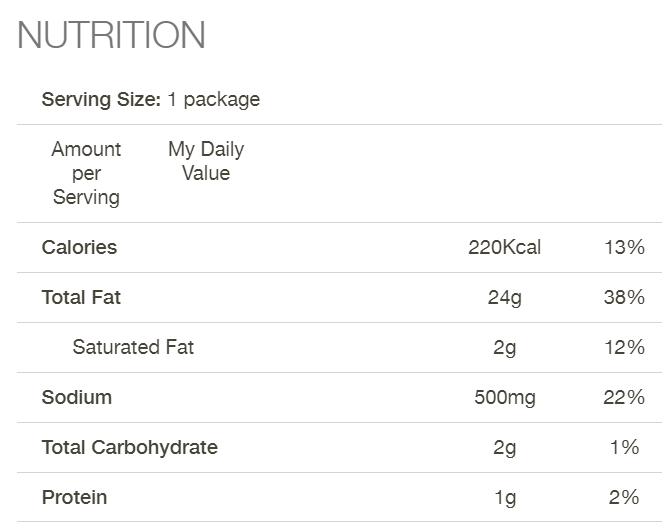

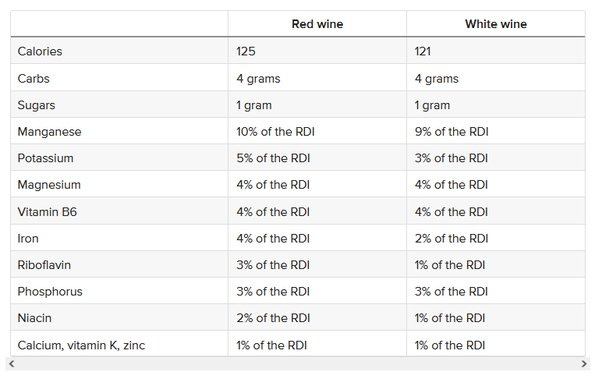

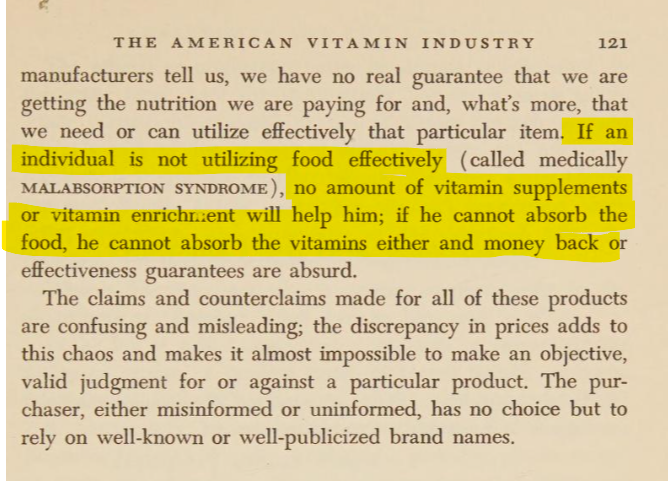

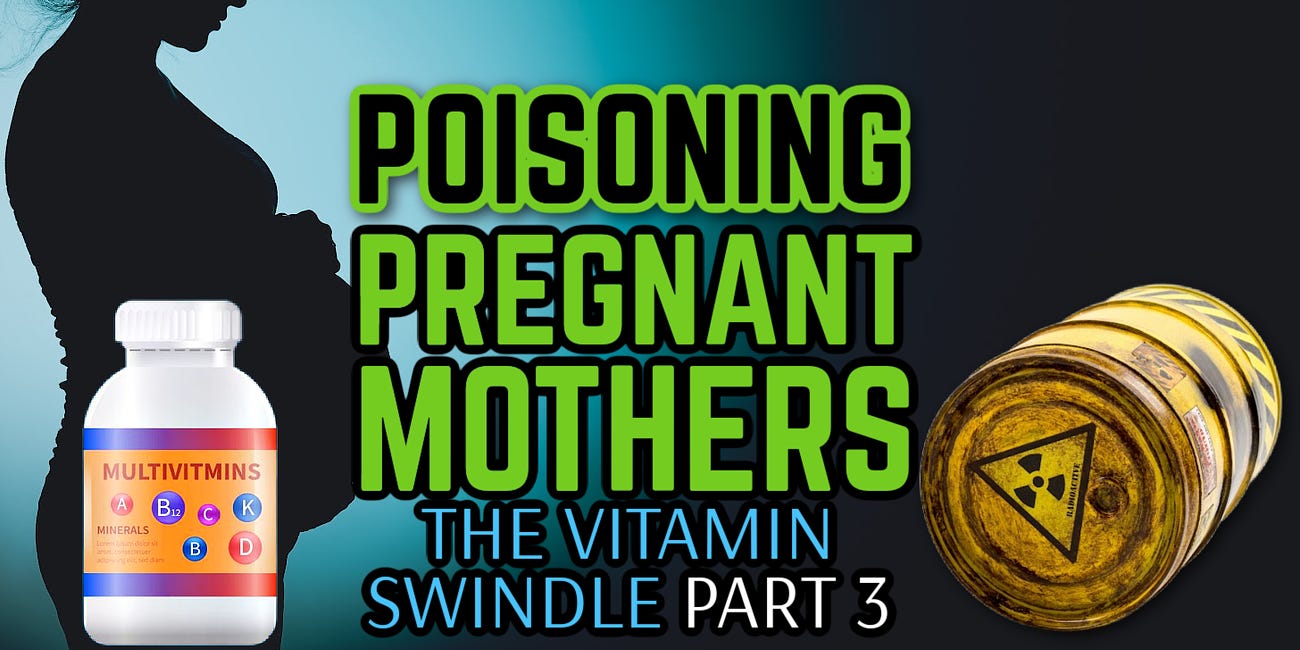






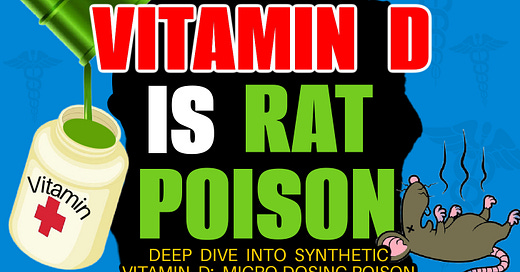





Agent, I think your original pieces on so-called "vitamins"- how they are made, what they are made of, and the people that moved them into the food supply, shelves of the stores, and minds of the public make all of this downstream accounting null and void.
I have cut and paste a good snippet below translated from a German Telegram group (Next Level). "Vitamins" are the "good" version of the "virus". Everything else is the same. They are an invented idea. They are laboratory artifacts. Outside of a piece of food, they have to be concocted in a lab. It is like you had said in one of your other pieces, the real food may have some symphony of beneficial, magical micronutrients in it, but you can't pull one little player out, 'separate' it, and have it make the same music all by itself. If you put the "Vitamin discoverers" in the same room with the "Virus discoverers", they might all think they were looking at each other in the mirror. It's all chemical adulteration tinkering to achieve some end product... and I reckon they must just assign some formula to it to make it seem like it is a "thing" (that can be recreated from various chemical barrels in India and China).
You can keep this real simple and easy. Eat the orange. Eat the chicken. Eat the carrot. Eat the butter. Make your own sourdough bread. Drink the unpasteurized milk. If it is whole, if it is real, go for it. If it has a wrapper on it and is made by a corporation, and you don't have your high powered reading glasses and corporate ingredient glossary decoder, put it back on the shelf. There's no fucking "vitamins". There's real food and there is fake chemical garbage food. If people generally practiced this, cleaned out their supplement cupboards, and never heard the word vitamin again, they'd never think about it. No calorie or nutrient calculators necessary. The end.
"The concept of vitamins is a purely human invention. There are no published, controlled experiments in the scientific literature that confirm their natural existence. In fact, no “vitamin” has ever been directly observed in food. The only places where they are “detectable” are the results of laboratory processes (the bottom of a test tube) after a witch’s brew of poisonous chemicals is mixed, leaving a dregs of the substance.
False idea of proof
Vitamins, whose size is estimated to be around 1 to 2 nanometers, are probably 50 to 100 times smaller than the claimed SARS-CoV-2 virus, which has not been isolated and detected to date. If one were to enlarge a vitamin molecule to the size of a tennis ball, at the same scale this would correspond to a tennis ball that would be more than three times the diameter of the Earth. However, the presumed separate structures of these molecules have never been clearly isolated and clearly separated from other components.
There is no real gold standard
There is no single study that documents the clean isolation and biochemical characterization of a vitamin molecule to establish it as a pure, isolated standard for comparison. Instead, it analyzes the dregs of a byproduct of food that has been broken down by numerous harsh and toxic chemicals.
The extraction process (“isolation”) of a vitamin molecule
To isolate vitamin C from lemon juice, you start with a simple glass of juice and take it through an alchemical odyssey: first it is charged with lead, only to laboriously remove the lead later. Then you juggle with ammonia, acetic acid and a parade of solvents – from butyl to ethyl alcohol, to acetone to petroleum ether. After it has been heated, dried, reheated and dried again, the whole thing is served to the animals. If they don’t get scurvy, you’ve got it: ascorbic acid, better known as vitamin C, extracted through an impressive party of chemicals. Voila, science!"
https://truthcomestolight.com/toxic-brews-a-close-up-look-at-the-source-of-nutritional-supplements/
Your posts about vitamins is life changing. I have a large bag of supplements to dispose of. I was wondering about probiotics, there are newer versions (more expensive) now. Are any worthwhile?